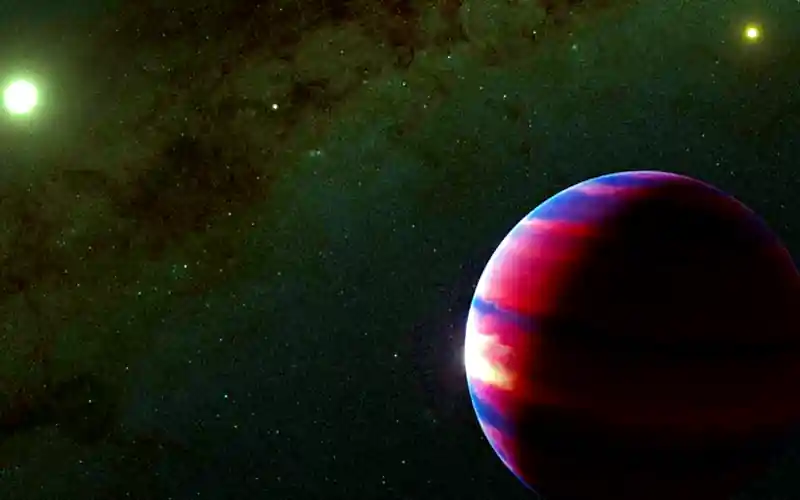Possible Gas Giant Found in Nearby Star System

- A gas giant has been potentially discovered in the Alpha Centauri star system, the closest to Earth.
- This find could have significant implications for the search for habitable worlds.
Evidence of a New Planet
Scientists have found strong evidence for a gas planet in the Alpha Centauri star system, which is just 4.5 light-years away. The discovery was made using the powerful James Webb Space Telescope. This potential planet, if confirmed, would be a close neighbor in astronomical terms. The similarities between its star and our own Sun make this finding particularly exciting for researchers.
The planet was detected in direct imaging last year, but it did not reappear in subsequent observations. Astronomers must now conduct further investigations to definitively prove its existence. This type of direct observation is extremely difficult, even with the most advanced telescopes. Bright light from the star can easily obscure smaller, nearby objects, a factor that may explain the planet’s disappearance.
Implications for Habitable Moons
The newly discovered planet is believed to be a gas giant, similar to Jupiter or Saturn. Because it is enveloped in a thick gas cloud, it would not be able to support life itself. However, it could potentially have moons that are habitable. Many moons in our own solar system, such as Europa, are believed to have the potential to sustain life.
The potential new planet’s proximity to its star is a crucial factor. Its moons would receive a significant amount of light and heat, increasing the chances of having conditions suitable for life. This discovery therefore holds immense potential for the search for life beyond Earth. Missions like Europa Clipper and Juice are already exploring this possibility closer to home.
Future Research and Confirmation
Confirming the planet’s existence will require more observations. Scientists will continue to use the James Webb Space Telescope for this purpose. A new NASA telescope, the Grace Roman Space Telescope, is scheduled to begin operations in 2027 and will also be used in the search. These future observations, particularly with spectral imaging, will help scientists determine the planet’s composition and build a more detailed picture of its atmosphere and appearance.
The difficulty of these observations highlights the challenges of exoplanet hunting. Bright stars and the vast distances involved make a degree of luck essential for successful detection. As technology advances, however, the ability to find and study such planets improves. The confirmation of this gas giant would be a significant step forward in our understanding of our local cosmic neighborhood.
Alpha Centauri is a Triple Star System
|









